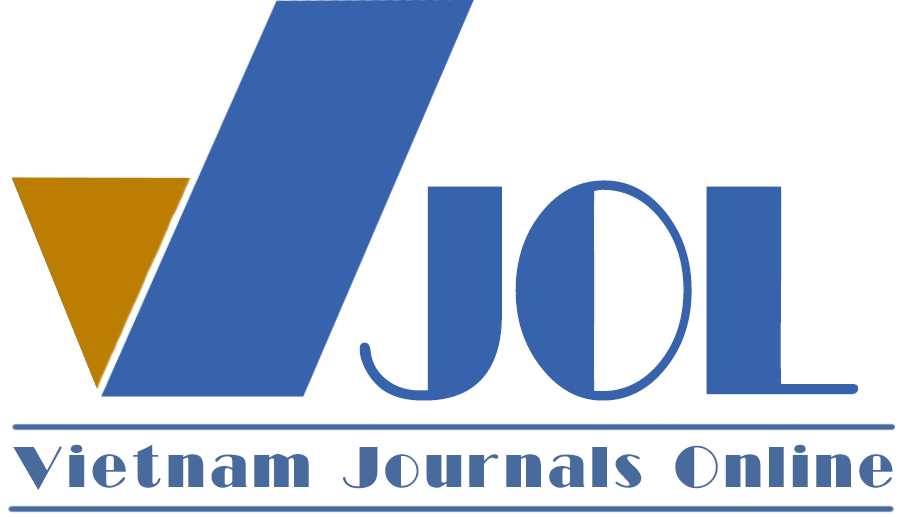THE GEOGEBRA SOFTWARE AS A TOOL TO FACILITATE THE CONSTRUCTION OF KNOWLEDGE ABOUT THE CENTER OF SYMMETRY OF A SHAPE AT THE 6TH-GRADE
DOI:
https://doi.org/10.18173/2354-1075.2024-0140Keywords:
shapes with the center of symmetry, the center of symmetry of the figure, GeoGebra, visual geometry, mathematical competenciesAbstract
In the 2018 curriculum for general education, the Geometry and Measurement module at the middle school level supplements visual geometry content. Teaching visual geometry, especially the concept of shapes with a center of symmetry, the center of symmetry of a figure at the 6th-grade level poses many challenges for teachers. This article presents a teaching design for the concept of shapes with a center of symmetry, the center of symmetry of a figure with the support of GeoGebra software. The "dynamic" features of the GeoGebra software have facilitated students in the process of acquiring knowledge and simultaneously created opportunities for students to form and develop mathematical competencies.
Downloads
References
[1] Ministry of Education and Training, (2018). Mathematics Education Curriculum (issued together with Circular No. 32/2018/TT-BGDDT dated December 26, 2018 of the Minister). Retrieved from https://data.moet.gov.vn/index.php/s/m6ztfi7sUIIGQdY#pdfviewer.
[2] Finzer W & Jackiw N, (1998). Dynamic Manipulation of Mathematics Objects, Boston, USA: Key Curriculum Press.
[3] Nam PS, Thai LH & Dien DT, (2018). Orientations for Building Learning Situations in Mathematics to Link the Competency of Mathematical Problem Solving to Real Life, Vietnam Journal of Education, 5, 100-104.
[4] Bruner JS, (1966). Toward a Theory of Instruction. Cambridge: Harvard University Press.
[5] Carbonneau KJ, Marley SC & Selig JP, (2013). A meta-analysis of the efficacy of teaching mathematics with concrete manipulatives. Journal of Educational Psychology, 105(2), 380-400. https://doi.org/10.1037/a0031084.
[6] Boaler J, (2016). Mathematical mindsets: Unleashing students' potential through creative math, inspiring messages, and innovative teaching. Jossey-Bass.
[7] Witzel BS, Mercer CD & Miller MD, (2003). Teaching algebra to students with learning difficulties: An investigation of an explicit instruction model. Learning Disabilities Research & Practice, 18(2), 121-131. https://doi.org/10.1111/1540-5826.00068.
[8] National Council of Teachers of Mathematics (NCTM), (2000). Principles and standards for school mathematics, NCTM.
[9] Lambert R & Sugita T, (2016). Increasing English language learner engagement in elementary mathematics: A focus on the CPA approach. Bilingual Research Journal, 39(3-4), 320-334. https://doi.org/10.1080/15235882.2016.1238904.
[10] Hinton V, Walker D & Tomlinson C, (2017). The CPA approach and its effect on retention in mathematics. Journal of Mathematics Education, 45(4), 215-230.
[11] Van Hiele PM, (1986). Structure and Insight: A Theory of Mathematics Education. Academic Press Inc.







